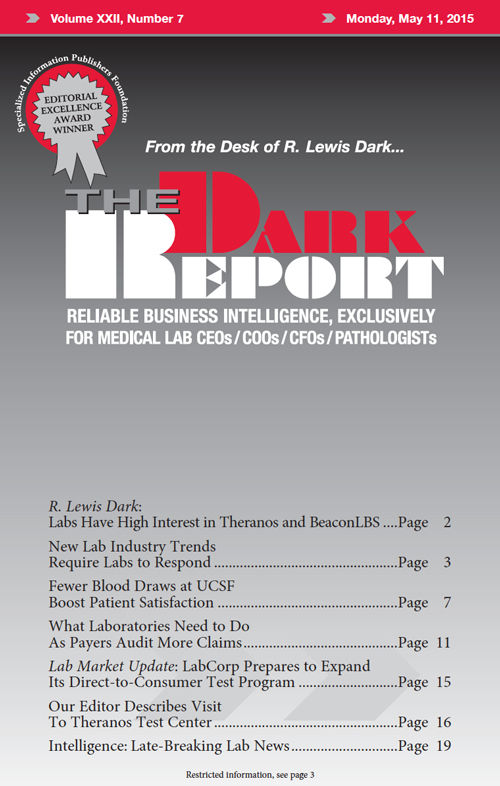CEO SUMMARY: One stark difference between the presentations delivered at last year’s Executive War College and this year’s presentations in New Orleans last week was near-unanimous recognition that the era of fee-for-service payment is soon to end! Speaker after speaker urged the audience to accept this marketplace reality in laboratory industry trends. The common recommendation […]
To access this post, you must purchase The Dark Report.


